
Client:
Location:
Services:
Vierbicher was selected by the Wisconsin Historical Society and Division of Facilities Development to provide design and construction services for replacement of the historical walkway around the Villa Louis mansion in Prairie du Chien (DFD Project 18F1E).
The Villa Louis historical site is a National Historic Landmark and is located in a culturally sensitive area. The preservation of all historic artifacts and structures was a priority for the project. The limestone walkway surrounding the mansion are original to the building construction in the 1870s. However, age, poor surface drainage, and wear have caused the original stonework to deteriorate and create significant tripping hazards for visitors. With many of the site visitors being elderly or families with small children, correction of this condition was a priority.
To achieve these goals, the project team worked carefully with the Historical society and the State Historic Protection Office to design improvements that would be discreet and not detract from how visitors may interpret the site. The original materials were carefully salvaged and stored for future re-use. New construction materials were chosen to complement the original materials available during the period of influence (1893 to 1898). Surface drainage improvements were made to discreetly convey water from the roof to grassed areas without sheeting across the walkway. These principals allowed construction of safe, accessible routes to the mansion for generations to come.
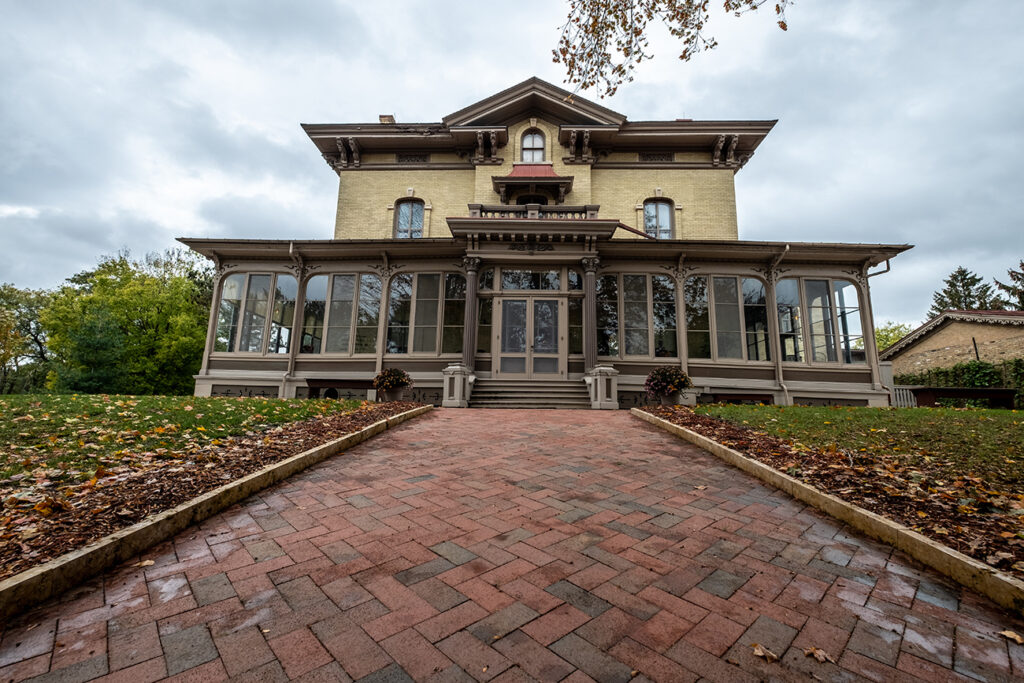
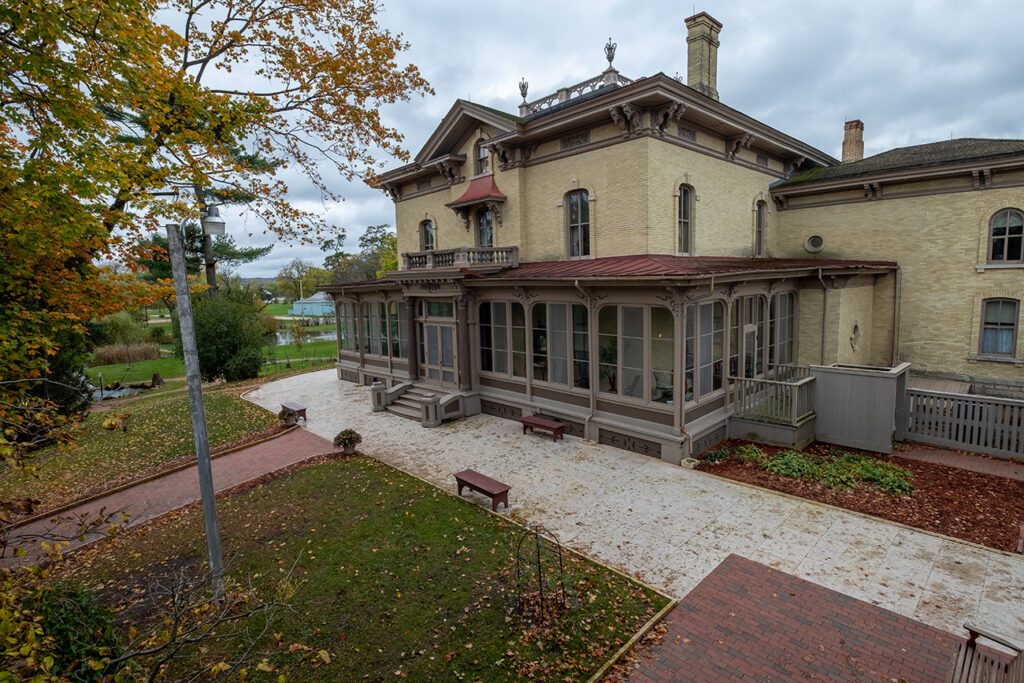
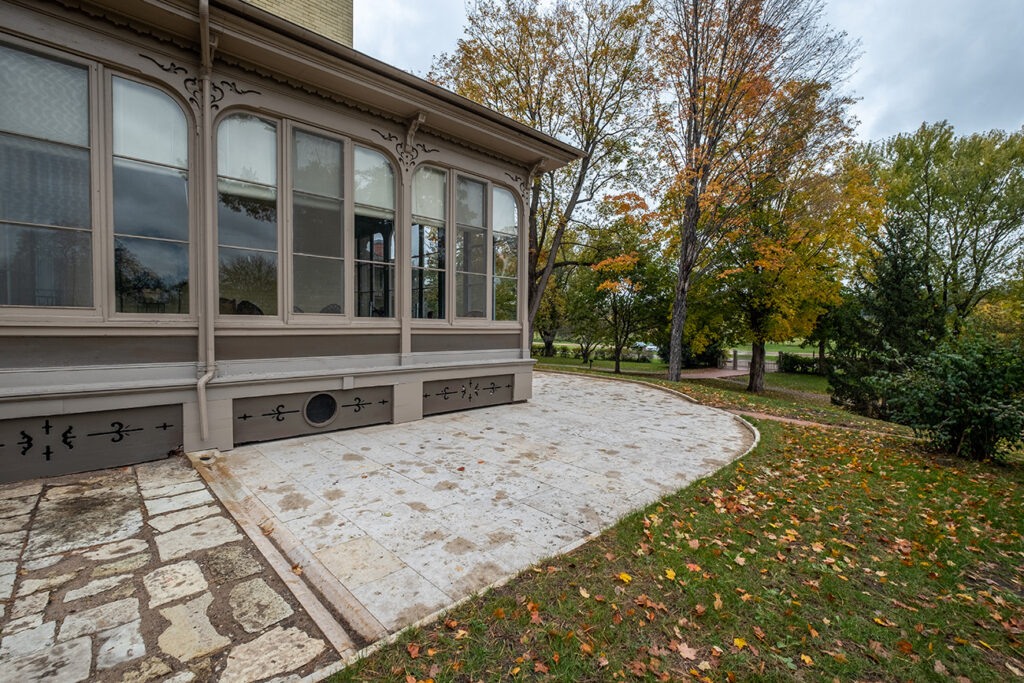
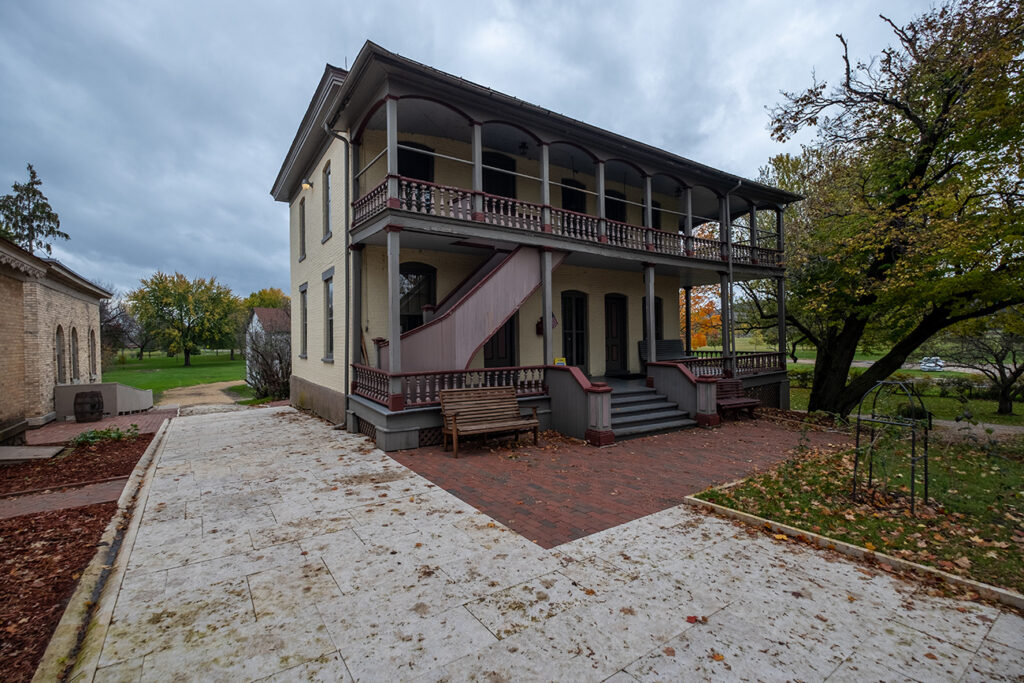
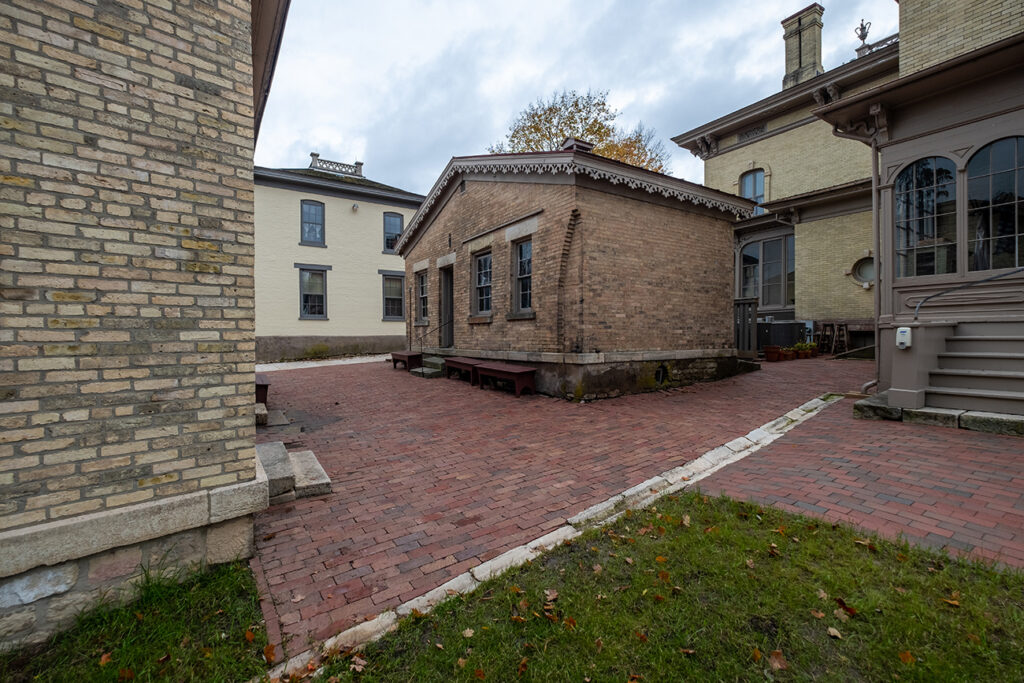
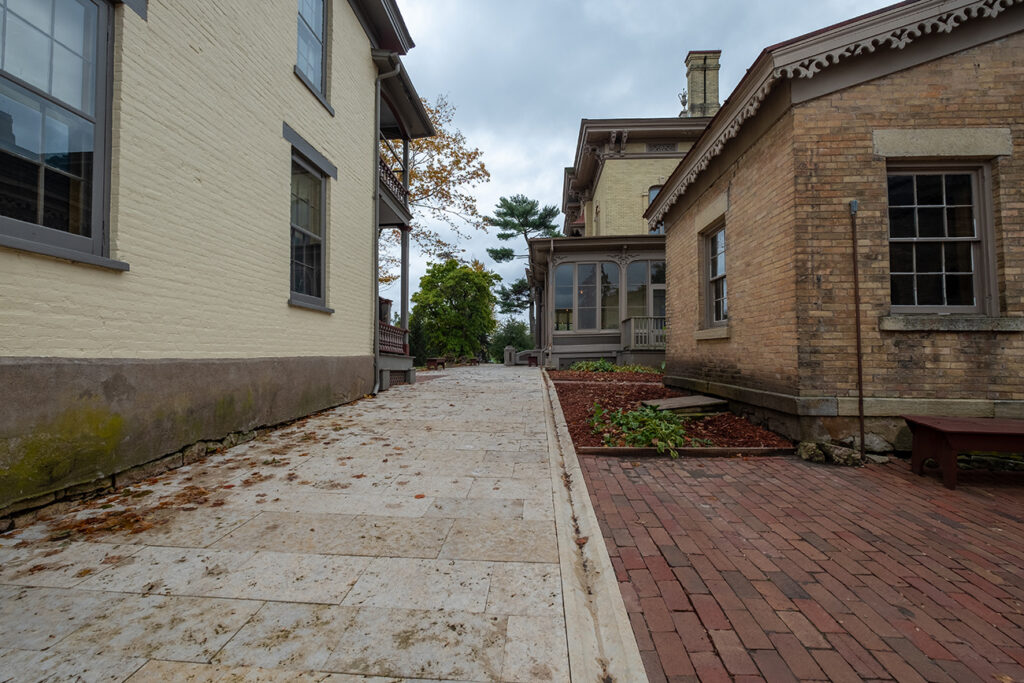
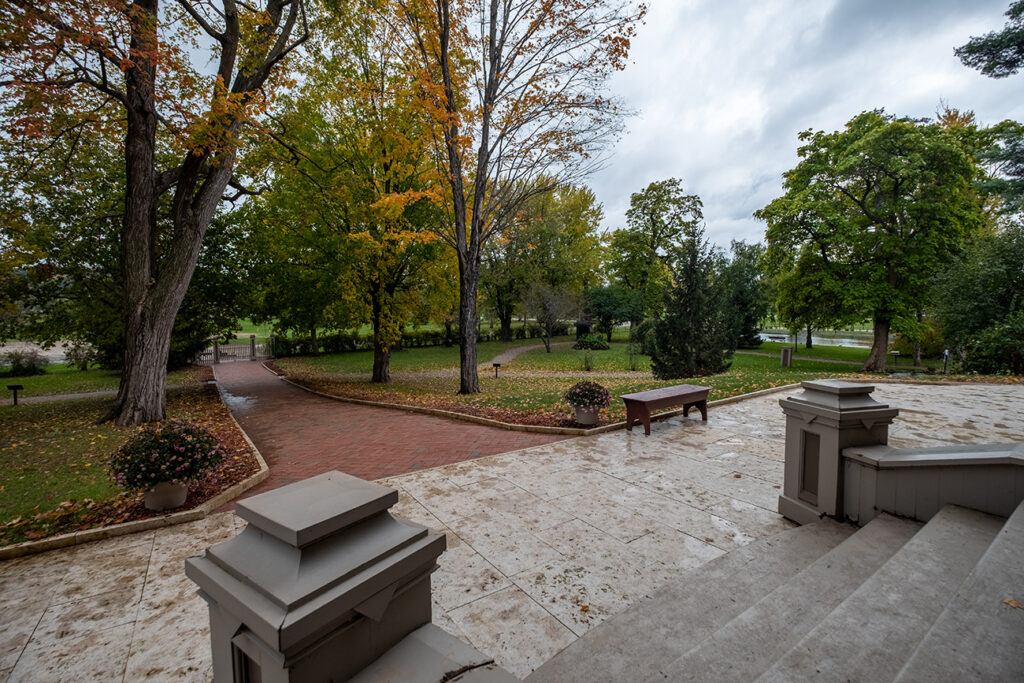

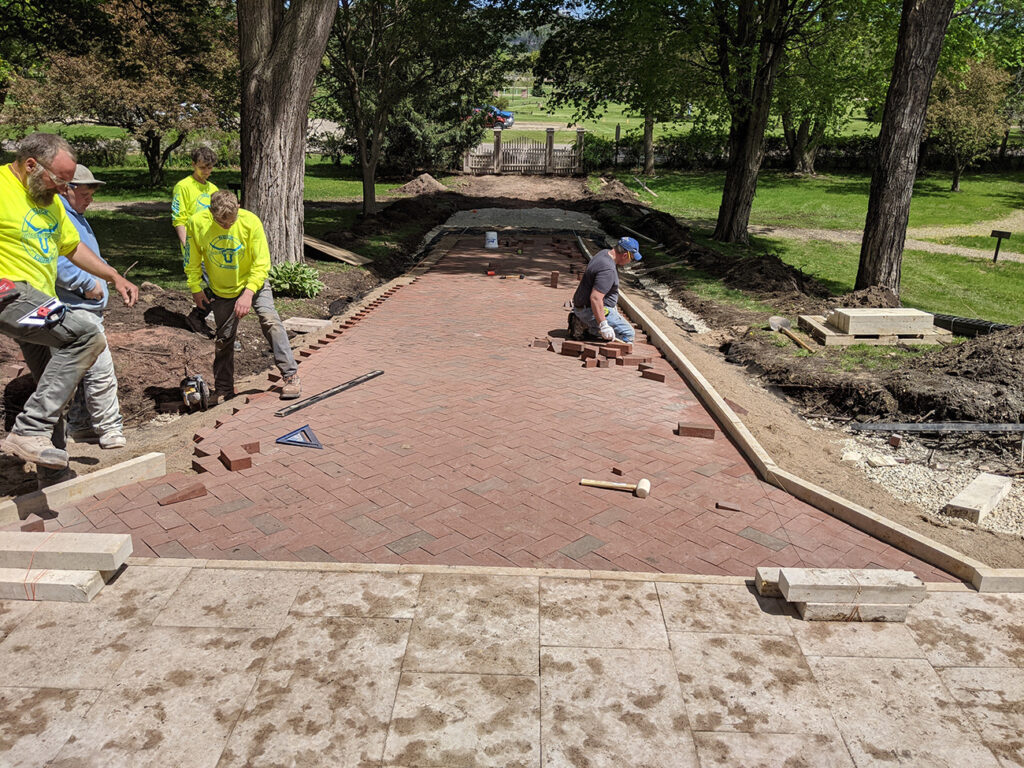
Vierbicher was selected by the Wisconsin Historical Society and Division of Facilities Development to provide design and construction services for replacement of the historical walkway around the Villa Louis mansion in Prairie du Chien (DFD Project 18F1E).
The Villa Louis historical site is a National Historic Landmark and is located in a culturally sensitive area. The preservation of all historic artifacts and structures was a priority for the project. The limestone walkway surrounding the mansion are original to the building construction in the 1870s. However, age, poor surface drainage, and wear have caused the original stonework to deteriorate and create significant tripping hazards for visitors. With many of the site visitors being elderly or families with small children, correction of this condition was a priority.
To achieve these goals, the project team worked carefully with the Historical society and the State Historic Protection Office to design improvements that would be discreet and not detract from how visitors may interpret the site. The original materials were carefully salvaged and stored for future re-use. New construction materials were chosen to complement the original materials available during the period of influence (1893 to 1898). Surface drainage improvements were made to discreetly convey water from the roof to grassed areas without sheeting across the walkway. These principals allowed construction of safe, accessible routes to the mansion for generations to come.
Madison
Prairie Du Chien
© Vierbicher Associates, Inc 2025